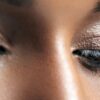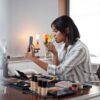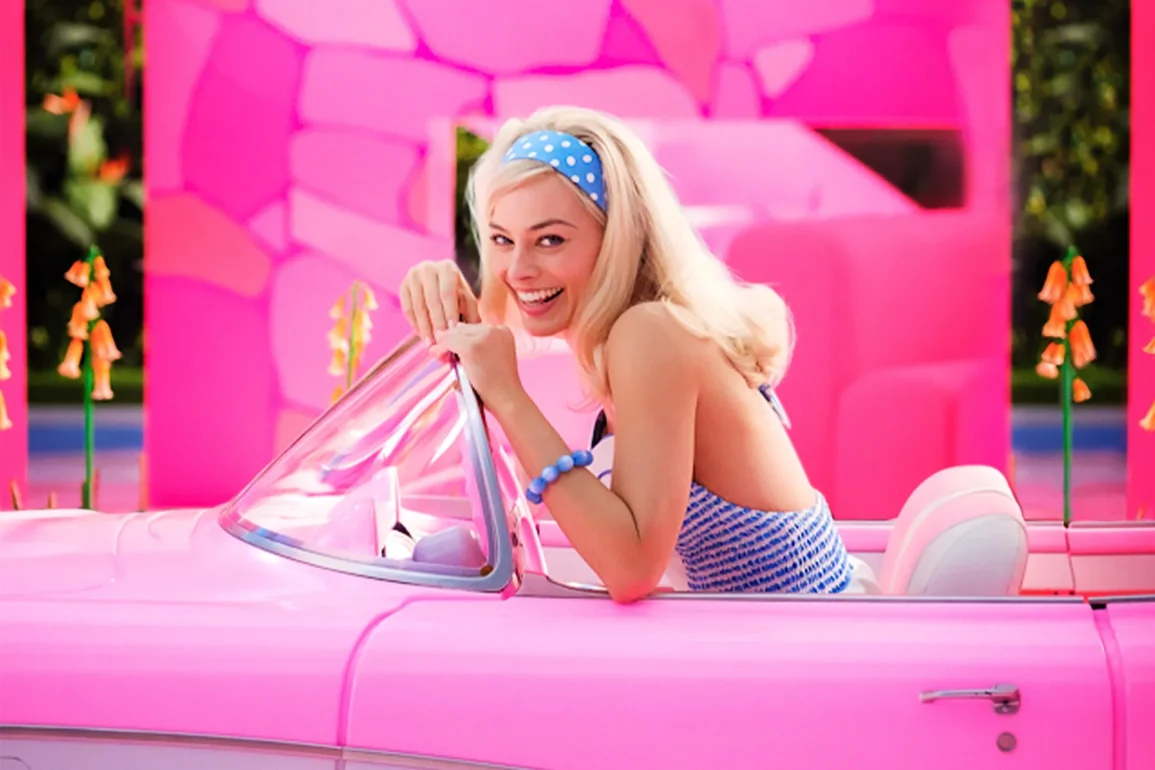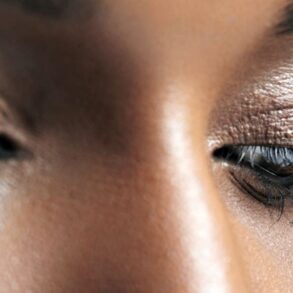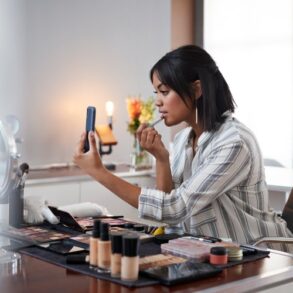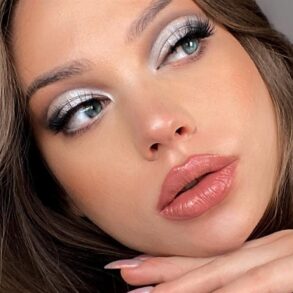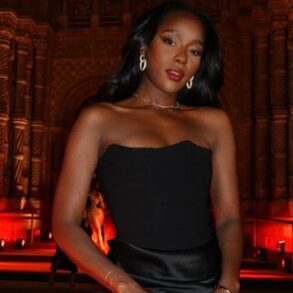
If there’s one trend that the world has collectively jumped on board with — it’s wearing pink all summer. I’ve said “Hi Barbie!” more times than I can count, and I’ve said it to any person wearing pink. I’ve happily attended Barbie parties for adults in their 20s, I’ve made the TikTok trends and I’ve embraced the iconic typography constantly swimming around in front of my face.
It’s become the ‘bit’ of the summer and my favorite part has been lovingly assigning all the Ken’s in my life their jobs. Finance Ken is the worst (but you already knew that), and my favorite Ken’s job is Computer.
“Barbie” has absolutely taken over the world and we knew she would from the opening scene of the film. When Barbie was first released in 1959, she changed what little girls could do and dream about — which few of us knew before plopping down in the theater earlier this month.
To be honest, before watching the film I held very similar sentiments about “Barbie” that Sasha did in the movie — that she has been creating unrealistic standards for women and well, making us all feel bad about ourselves. For decades. After laughing at Ryan Gosling’s character and wiping away my tears from the movie’s sentimental moments, I am so glad to be seeing “Barbie” everywhere outside of the theater. Everyone is obsessed with Barbie. It’s completely acceptable to get bright sparkly pink nails. Because it’s ‘so Barbie!’ The Barbie Craze seemingly has us doing whatever we want in her name.
Greta Gerwig’s 2023 “Barbie” film has started an unstoppable social phenomenon that we all feel a part of. Though the question remains – what is driving us to dress like her?
History of “Barbie” Pink
Most obviously, pink is FUN. From bright bubblegum to fuschia to soft mauve, there is immense pleasure in wearing pink even though it seems to be a societal norm for kids to love the color and then later stray. Let’s be honest — gender politics usually start young. Most can look back to a significant childhood memory when they realized what they personally liked, wasn’t that cool. The familiar shame crept down our necks from our cheeks while we hastily changed what we liked to be accommodating. The grown women we spoke with hated pink for its association with brainless women, and like a tradition, it became the color that highlighted our biggest insecurities and shortcomings. It isn’t right, but it is normal to go along with what is most socially acceptable to our peers — including shying away from a color that is deemed ‘too girly.’
Fast forward 20 years, I could have never imagined a social movement that featured the dolls that I grew up with — and started to heal a lingering wound I haven’t acknowledged. Barbie has unashamedly allowed fun to exist when wearing pink again. And this time, we aren’t letting it threaten the amount of respect we receive — in fact, mainstream media has turned wearing pink to the film’s premier the required dress code. From wearing pink in our ensembles it’s created a wave of community and solidarity, just from wearing a color. It’s remarkable and appears to be here to stay.
The Impact of Greta Gerwig’s “Barbie”
Another reason we can’t stop dressing like Barbie is due to the unyielding and widespread marketing presence of the film. With Barbie constantly in our line of vision across stores and Margot Robbie and Ryan Gosling plastered all over our social feeds, Barbie is living at the forefront of our minds. Large brands like NYX, Google, BEIS, Boohoo, Joybird, Crocs, Fossil, and Forever 21 have partnered with Mattel for their respective collections, creating an attractive trend to jump on board with. Every corner of the world has had a Barbie presence over the past year as hype for the movie has catapulted into a part of culture that will not be ignored. Alamo Drafthouse’s across the country rolled out “Barbie” movie parties, with attendees being gifted swag seen in the movie — including the iconic pink beret (and no, I haven’t tried styling mine yet).
In addition to paid advertising, it cannot be forgotten that the presence of Barbie on TikTok, Instagram, and Twitter has made an impression in our hearts. Millions of videos have been made about Barbie, whether it be makeup and fashion trends, fun dancing videos or themed parties — and with social media as a significant part of our culture, we pay attention to trends that are constantly repeated. And the joy that has come from the Barbie videos on our feeds has been contagious. You can’t help but be excited to be in the club with everyone else. It’s a significant shift when it’s not just brands pushing their product — it’s Barbies just like us sharing the hype and spreading the love for a doll and what she represents.
“Barbie” Has Brought Back Women’s Empowerment
Beneath all these reasons — the pink, the marketing, the socials, it feels pretty clear to me the deeper reason that we’ve embraced dressing like Barbie. Patriarchal values have always had an influence on what women have worn. Whether it was societal norms or if it was men themselves who were at the top designing. Notably, in the 50’s women protested Christian Dior’s New Look which featured tight waists and emphasized busts. Women picketed their fashion shows with signs that read “Burn Mr. Dior” and “Mr. Dior, we abhor dresses to the floor.” While no one would say that Dior created looks with the primary goal to control what women were wearing — at the time Dior was working to bring Paris back to the fashion throne — the sentiment that some felt from his work was putting women back into their ornamental place in society.
While Gerwig wrote witty lines that had me belly laughing in the theater about the Kens and the patriarchy, outside of BarbieLand, the patriarchy is a steady threat to our personhood. Misogyny is like a splinter that sticks in the pads of our fingers every single day, pricking us as we attempt to complete even the most simple of tasks — like getting dressed.
Is this outfit too revealing? Will I be safe going where I need to go in this dress? Will this color bring too much attention to me? Do I look smart enough for my presentation? How will I be perceived in this?
Obvious femininity has been used against women for years to demean them in their intelligence and place in this world. The “Barbie” movie turns the whole notion on its head to reject that pink, bows, sparkles, dancing, and anything feminine takes away from what a woman can be and what she can accomplish. Dressing like Barbie is an inherent resurgence and a take-back of girlhood and womanhood on our terms — not the patriarchies. Because femininity was never the problem — toxic masculinity was. America Ferrera’s monologue within the film describes the unending, unattainable complexities of womanhood. Wearing pink and embracing Barbie is a rejection of what we have been conditioned to accept, and takes a stance to reclaim ourselves.
The lingering question remains — how long will pink dominate the fashion world? From this Barbie, hopefully, a long, long time.
This post was originally published on this site be sure to check out more of their content.

